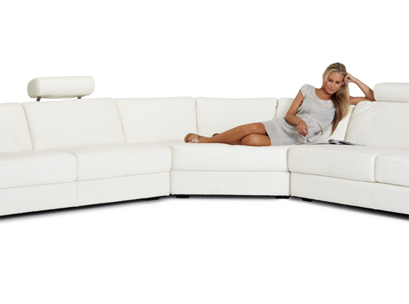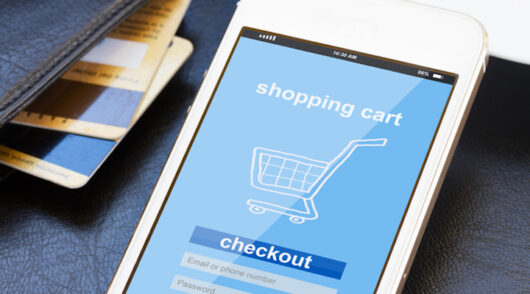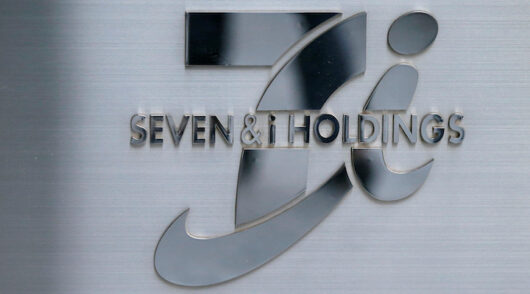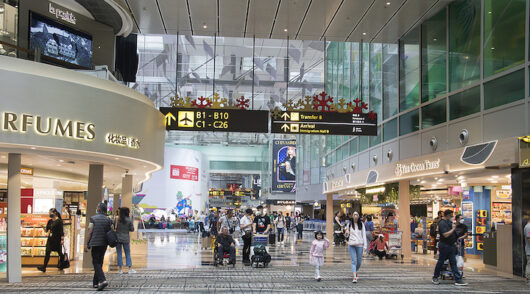This is a stressful time of year for retailers and shoppers alike.
For retailers, it’s make-or-break. The National Retail Federation in the US states that the “holiday season” (November/December) accounts for 25-40 per cent of some retailers’ annual sales. In Australia, the figure may be even higher – particularly when you include the January clearance events.
For customers, Christmas shopping time can be equally unnerving – crowded stores, the desire to “get it right” for friends and family, and the dread of an approaching deadline.
So let’s all take a deep breath and relax. Because according to a study in the US Journal of Marketing Research (and as reported in the Wall Street Journal), shoppers who are “chilled” are willing to pay up to 15 per cent more for goods than those who are on edge.
It makes sense. When you are at ease, you’re more likely to say “what the heck” and open your wallet, than if you are feeling the pressure. The difference with this research report is that it validates and quantifies the value of being relaxed in a retail environment.
As observation researcher Paco Underhill told the Wall Street Journal, “If I, as a retailer, can get you to sit for a bit, the chances of me selling you something are infinitely better.” So smart retailers – particularly during the silly season – are encouraging customers to feel welcome in store, metaphorically kick their shoes off, and in the words of the old Jackson Browne song, “stay just a little bit longer”.
At any time of year, dwell time equals sell time. In “The 24 Hour Customer: New Rules for Winning in a Time-Starved, Always-Connected Economy”, Adrian Ott notes that a dwell time increase of one per cent results in a sales increase of 1.3 per cent.
So how do you get shoppers to relax?
The trick is to treat them as special guests, rather than wallets on legs. Make the environment comfortable. Pay attention to the smell and sound of the store (in the US this time of year, that results in an overwhelming aroma of cinnamon, and a chorus of Bing and Buble). Give out samples. Shout customers a cappuccino or a glass of sparkling. Make sure you’re staffed up and those team-members are smiling. And put extra effort into VIP events.
The Wall Street Journal pointed to New York toy store FAO Schwartz’ private shopping events as a great example of “relaxed retail”. Instead of facing endless lines outside the store, small groups of shoppers who are Mastercard holders are able to get in two hours early every day during November and December.
One word of warning: Once shoppers have made their purchase decision, retailers need to be adept at processing the transaction and getting customers out of the store fast. Slow check-outs translate into lost sales.
So this Christmas, work on making rushed shoppers feel relaxed and watch the purse strings loosen.
Jon Bird is CEO of specialist retail marketing agency IdeaWorks (www.ideaworks.com.au) and chairman of Octomedia, publisher of Inside Retail. Email: jon.bird@ideaworks.com.au. Blog: www.newretailblog.com. Twitter: @thetweetailer.






